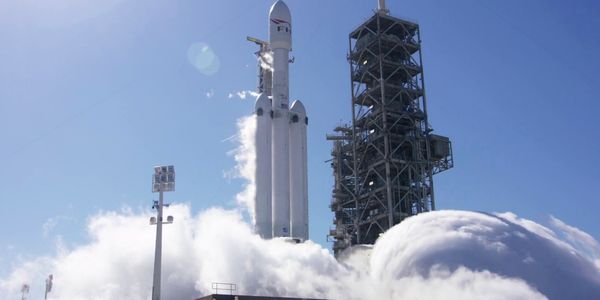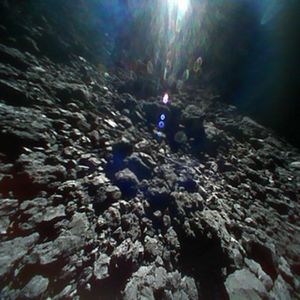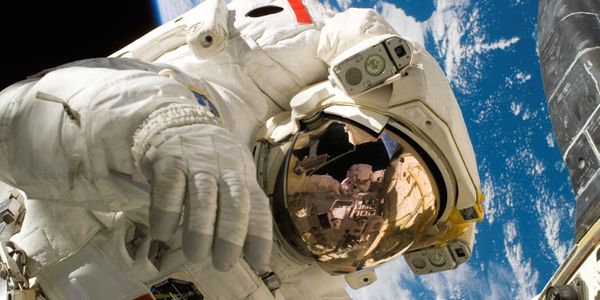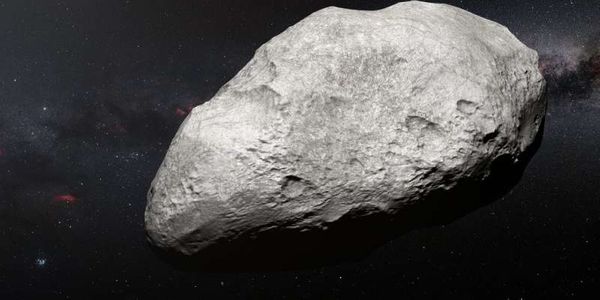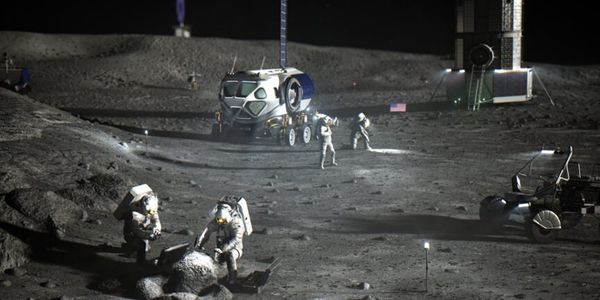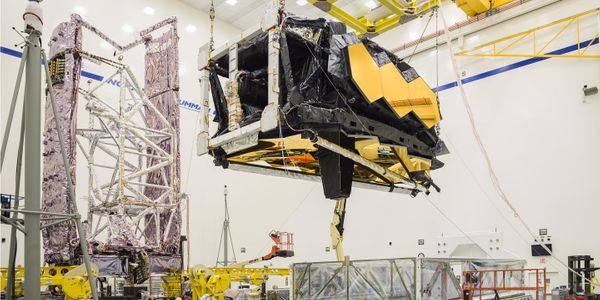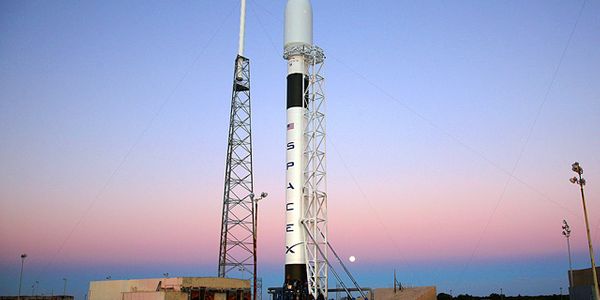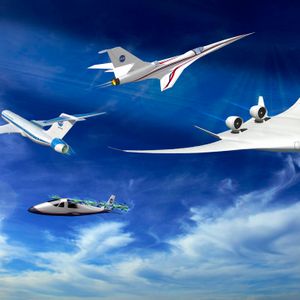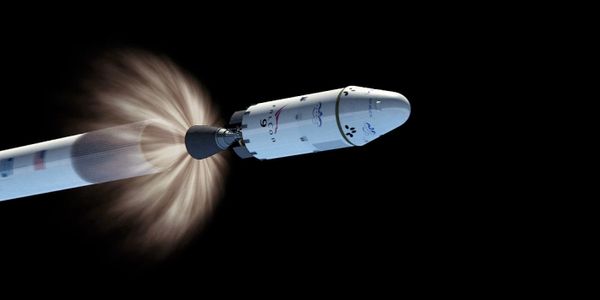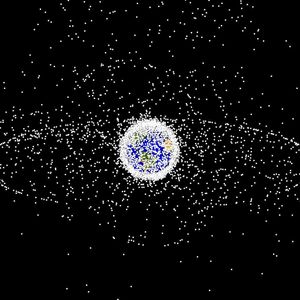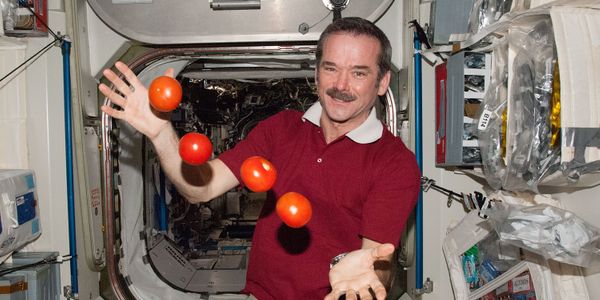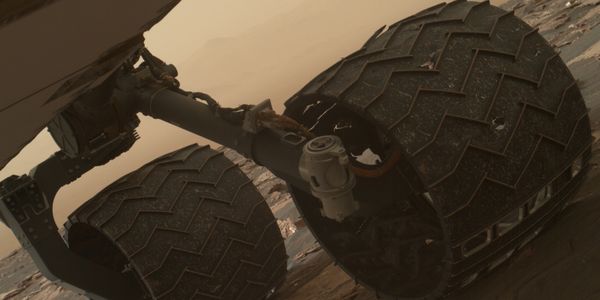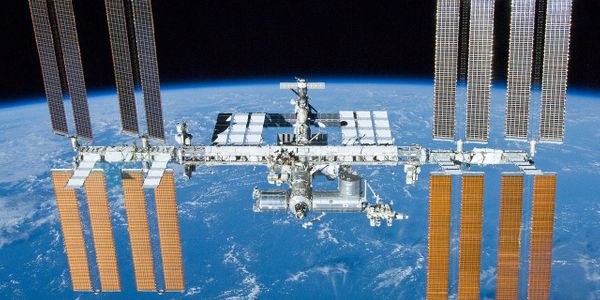Showing 6253 Results
SEARCH
Webinars
(17)
Virtual Events
(15)
Trending News
(768)
Content Tags
(3)
Users
(5423)
Scientific Products
(27)
-
JAN 28, 2018Space & AstronomyA successful tethered test-fire of SpaceX’s Falcon Heavy rocket at NASA’s historic launch pad 39A last week marked a great start for the commer
-
FEB 05, 2018Space & AstronomyWe’re getting so close to SpaceX’s Falcon Heavy maiden flight that we can almost smell those roaring Merlin engine exhaust fumes. Its launch wi
-
It wasn’t long ago that JAXA’s asteroid-sampling Hayabusa 2 mission arrived at the asteroid 162173 Ryugu. When it got there, it became the firs
FEB 27, 2019
Space & Astronomy
NASA astronauts first visited the Moon in the 1960s during the American space agency’s Apollo program, but fast-forward to modern times, and
JUN 03, 2022
Earth & The Environment
We often affiliate plate tectonics with earthquakes, as we are all taught in school that the shifting of plates leads to big shakes. But plate tectonic
FEB 18, 2023
Neuroscience
The brain undergoes short-term and long-term changes following time in space. The corresponding study was published in Nature. The human brain
MAY 09, 2018
Space & Astronomy
All space rocks may look similar to the untrained eye, but scientists know how to tell them apart. Their composition, for example, can speak volumes about
NOV 12, 2016
Space & Astronomy
Have you ever seen the Martian moon Phobos before? If you have, you’re probably well aware of how funky it looks. If you haven’t, then the best
AUG 05, 2018
Space & Astronomy
NASA astronauts haven’t launched from American soil since the Space Shuttle program’s retirement in 2011. Instead, they’ve been riding sh
NOV 09, 2022
Space & Astronomy
In a recent study published in Ceramics International, a team of researchers from the University of Central Florida (UCF) have created 3D-printed brick
MAR 12, 2018
Space & Astronomy
NASA’s James Webb Space Telescope is slated to become the most powerful space telescope ever built, but it’s not quite space-worthy just yet.
AUG 13, 2016
Space & Astronomy
SpaceX is going to attempt another launch of one of the commercial space company’s reusable Falcon 9 rockets tonight at around 1:26 A.M. Eastern time
New research has identified 37 volcanic structures on Venus that are thought to have been active recently. The findings, which suggest that geologic activi
NASA has wanted to design some higher-tech airplanes for commercial use for years, although budget constraints have limited the space agency’s abilit
